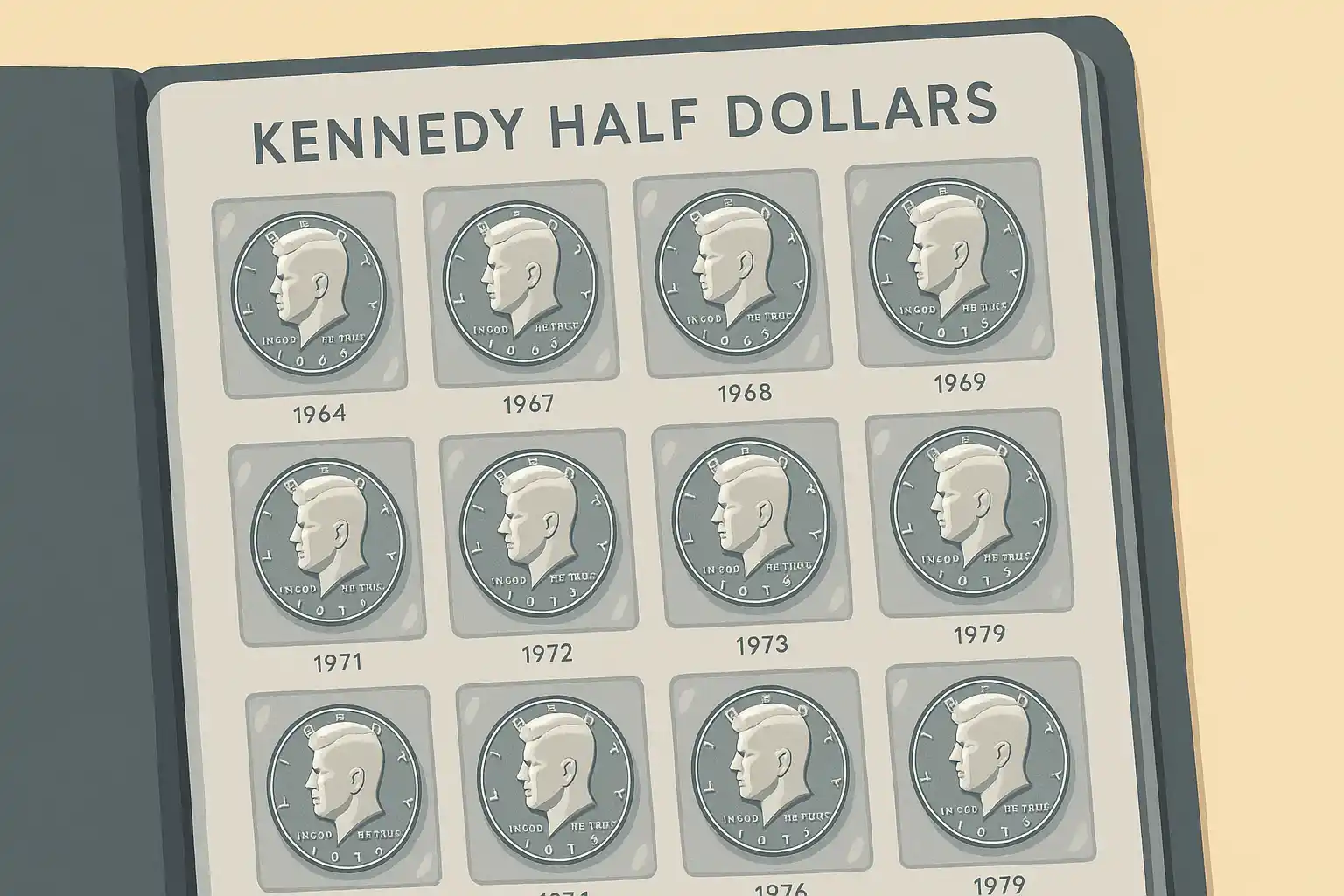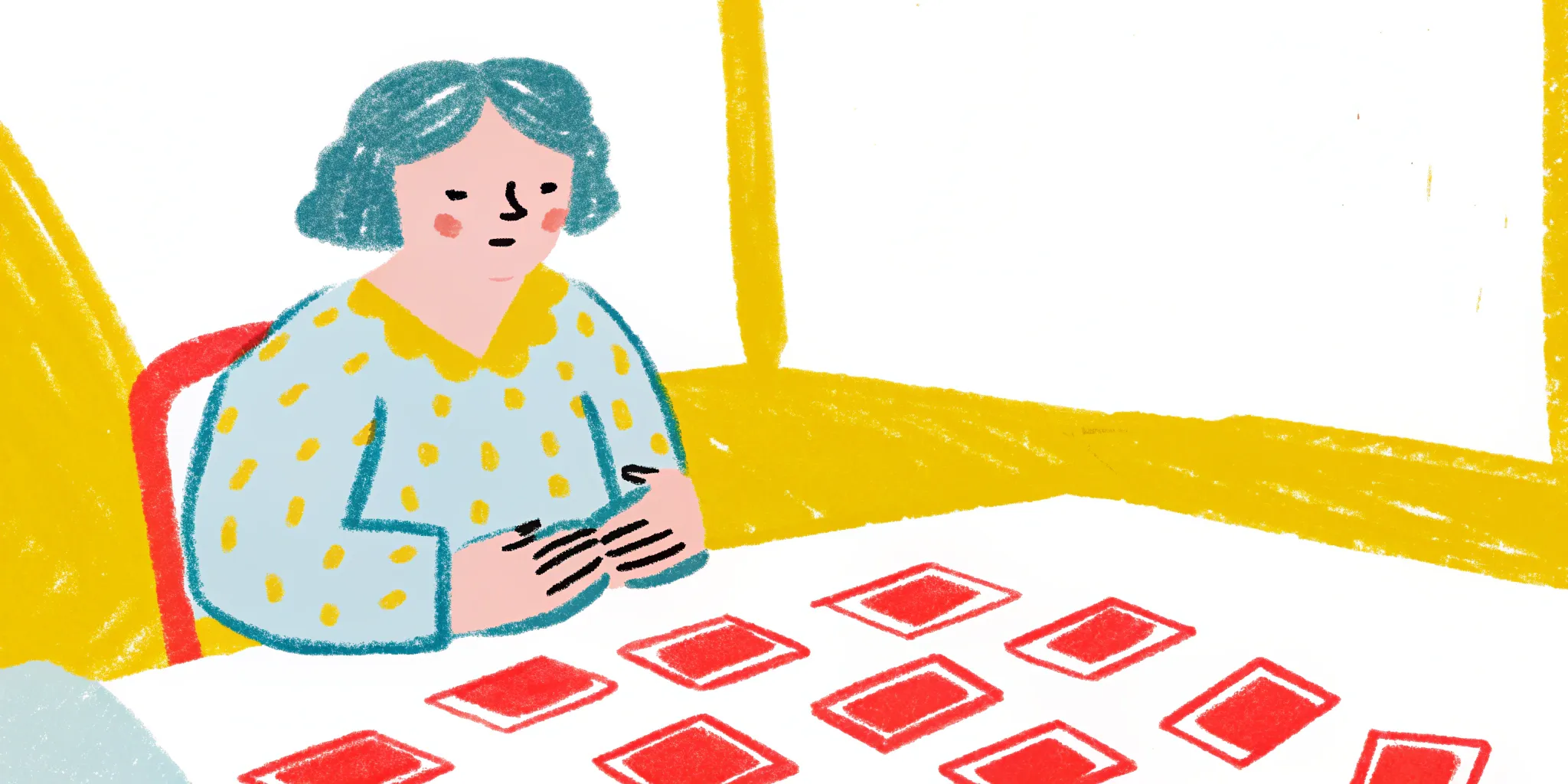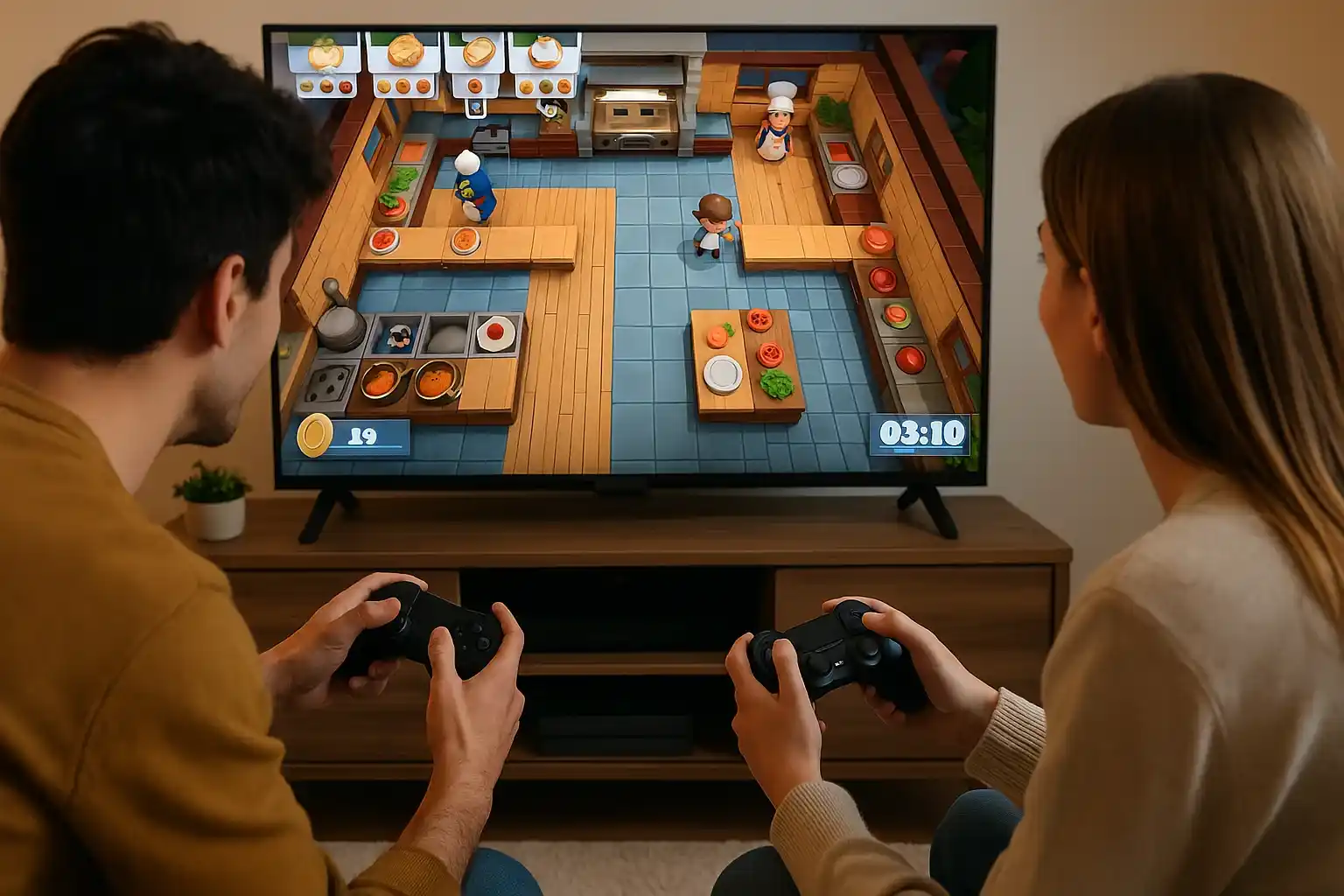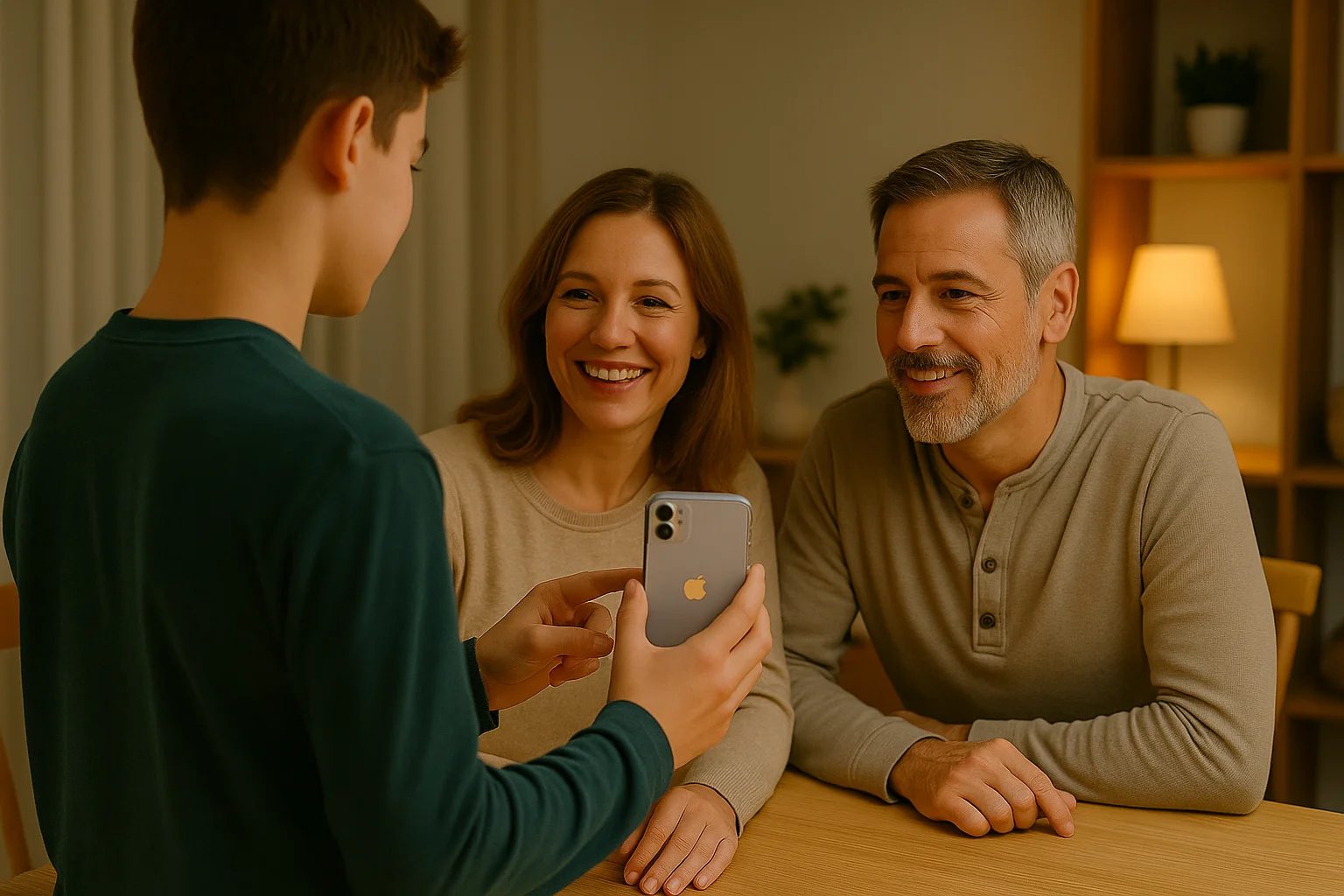The Role of Currency in Virtual Economies
How Virtual Coins Fuel Digital Worlds
In mobile game worlds, virtual currencies are more than just shiny tokens—they’re the glue that binds entire economies together. Think of them as the lifeblood coursing through a bustling marketplace or the key to unlocking thrilling adventures. Without this digital money, these worlds would feel hollow; their vibrancy depends on the pulse of in-game currency transactions.
Picture this: you’re building a kingdom in a strategy game. Each coin you earn feels like a small victory—proof of your effort or smart decision-making. But what happens when coins turn into something more? They become catalysts for progress, letting you:
- Upgrade weapons or unlock rare skins that set you apart
- Barter for power-ups that give you an edge in a nail-biting boss fight
- Invest in resources to expand your empire
These currencies spark ambition. They nudge you forward, tempting you with the allure of growth, dominance, or simply standing out in the crowd. In the end, coins aren’t just currency—they’re the story you write within these virtual realms.
The Subtle Dance Between Player and Currency
Virtual coins also craft fascinating dynamics between players and the game itself. Ever noticed how earning or spending feels like a game within the game? A well-designed economy seduces players with choices: save up for that dazzling dragon mount or splurge impulsively on a mystery loot box?
Consider how limited-time offers create urgency or how daily bonuses reward patience. These mechanics ignite emotions—from the thrill of scoring a deal to the satisfaction of planning long-term strategies. Currencies like these foster emotional attachment to a game, transforming it into a personalized journey. From the grind to the glory, every coin tells a tale.
Historical Influence of Coins in Gaming Design
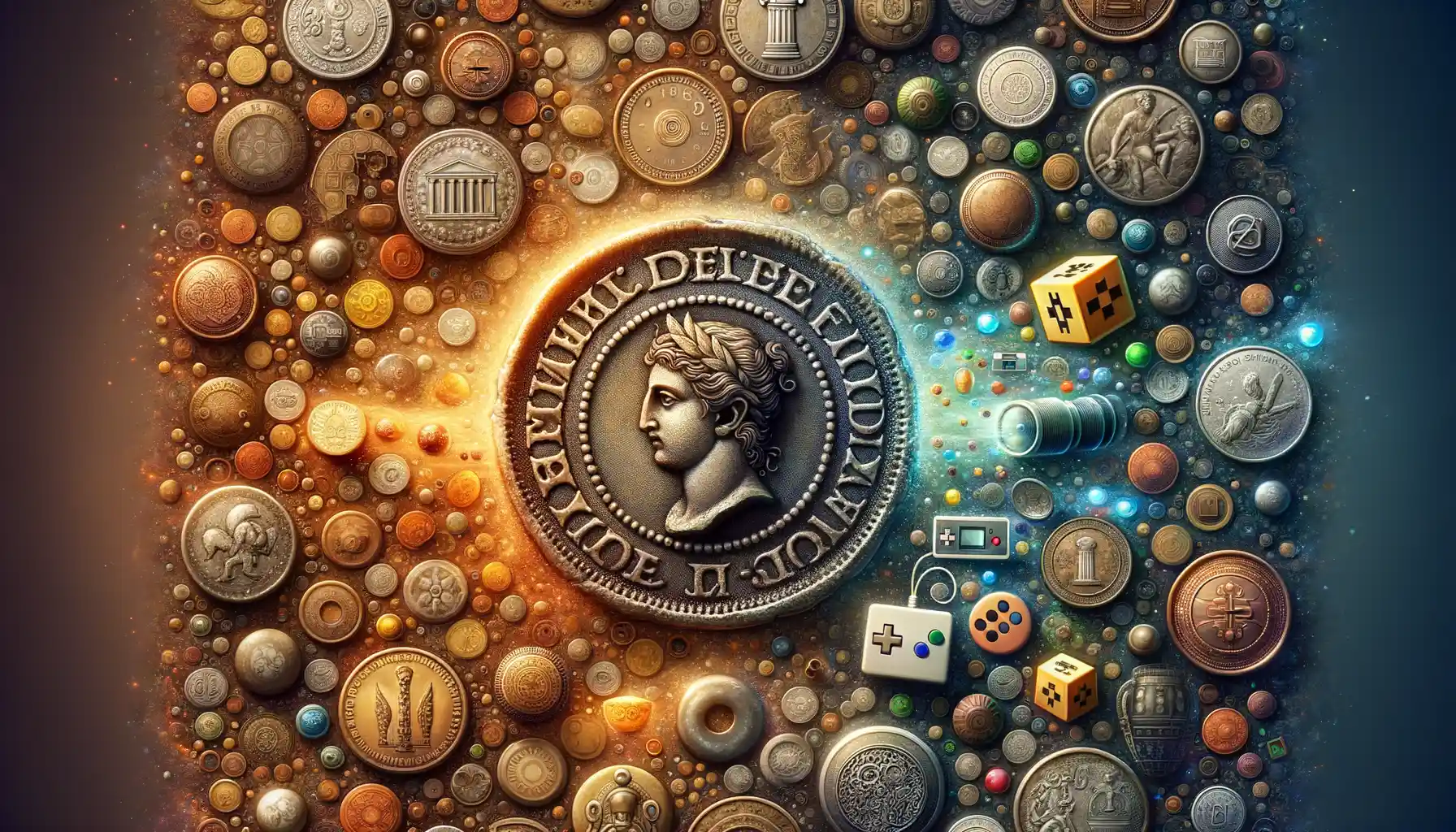
From Ancient Metal to Pixelated Treasure
Coins have always held a certain mystique—jingling in pockets, spinning on tavern tables, or glinting under the sun. Game designers didn’t invent coins; they inherited their power. In fact, the use of coins as gaming elements is older than you might think. Ever flipped a coin to settle a bet? That’s a game right there—simple, suspenseful, and thrilling.
When arcade games burst onto the scene in the ’70s and ’80s, they didn’t just make coins part of the experience—they made them the gateway. Drop a quarter into Pac-Man, and suddenly your destiny is in your hands. Coins were more than currency; they were permission and potential.
It was this deep-seated connection to wealth and risk that shaped how we interact with virtual currencies today. Coins whisper possibility—whether in medieval fantasies, neon-lit cities, or intergalactic adventures.
Psychological Impact of In-Game Currency Systems
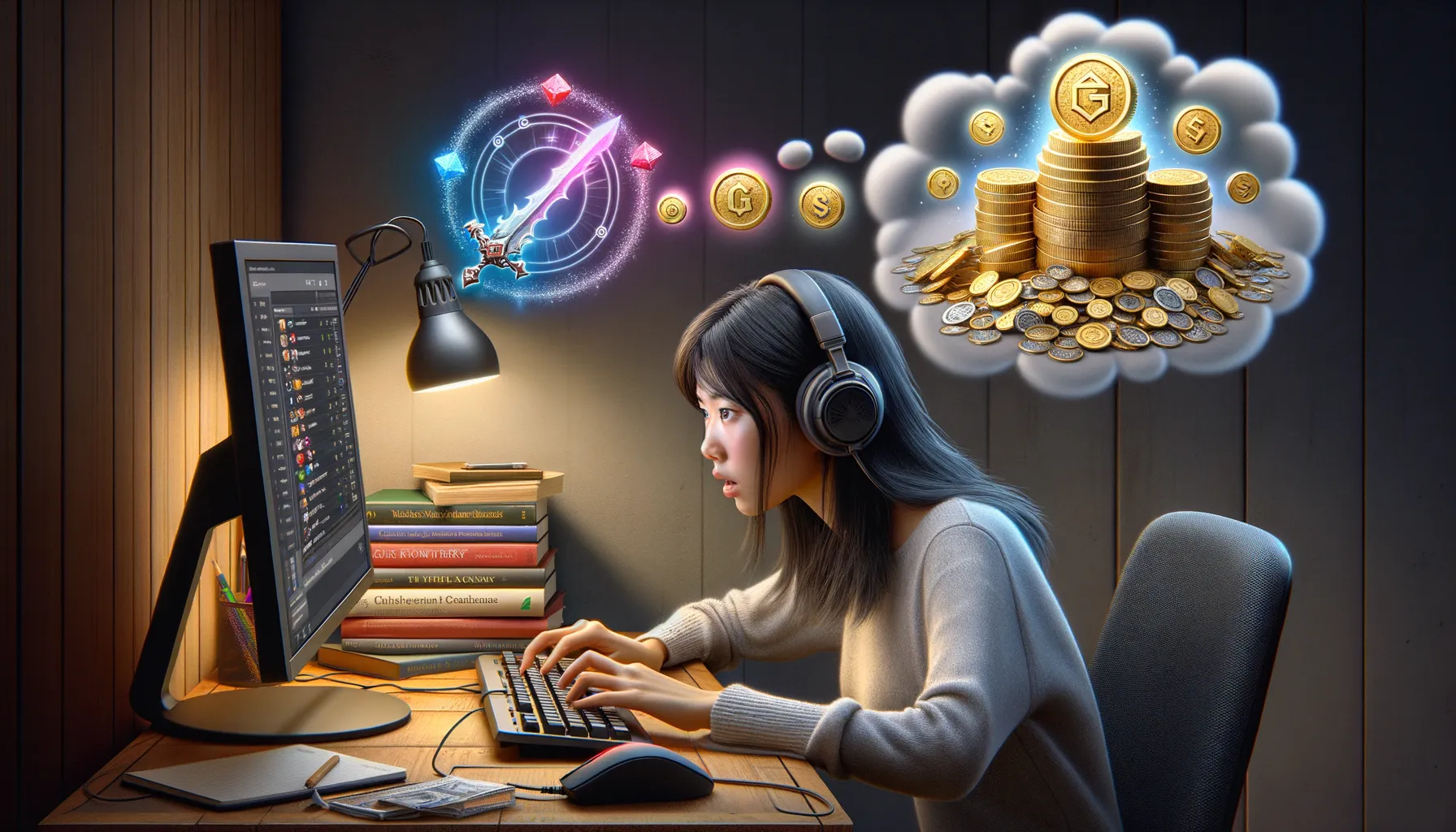
The Emotional Grip of Virtual Coins
Have you ever felt that tiny spark of joy when earning a few extra in-game coins after a challenging level? Or maybe the sting of frustration when you’re just shy of buying that shiny new upgrade? That’s no accident—it’s the *psychological magic* of in-game currency systems at work.
Game developers are masters of crafting experiences that tug at our emotions. Virtual coins and gems hold surprising emotional weight, almost like the digital cousins of real-world money. You see a pile of gold coins raining down after a win, and suddenly your brain lights up with a hit of dopamine—the same neurotransmitter tied to rewards in real life. It’s that rush of “Yes, I did it!” that keeps us coming back for more.
How Games Toy with Our Choices
These systems are engineered to engage—and sometimes manipulate—our decision-making. Here are some tactics games use:
- Scarcity Illusion: Limited-time offers on virtual items make you feel a ticking clock in your mind.
- Currency Confusion: Converting real dollars into gems or coins hides the true cost of purchases, making spending feel lighter.
- Achievement Rewards: Earning coins as you play builds a sense of progress—and makes spending them feel earned, not wasteful.
It’s fascinating, really. These seemingly harmless coins become symbols of effort, success, and even status within the game world.
Monetization Strategies Using Coins in Mobile Games
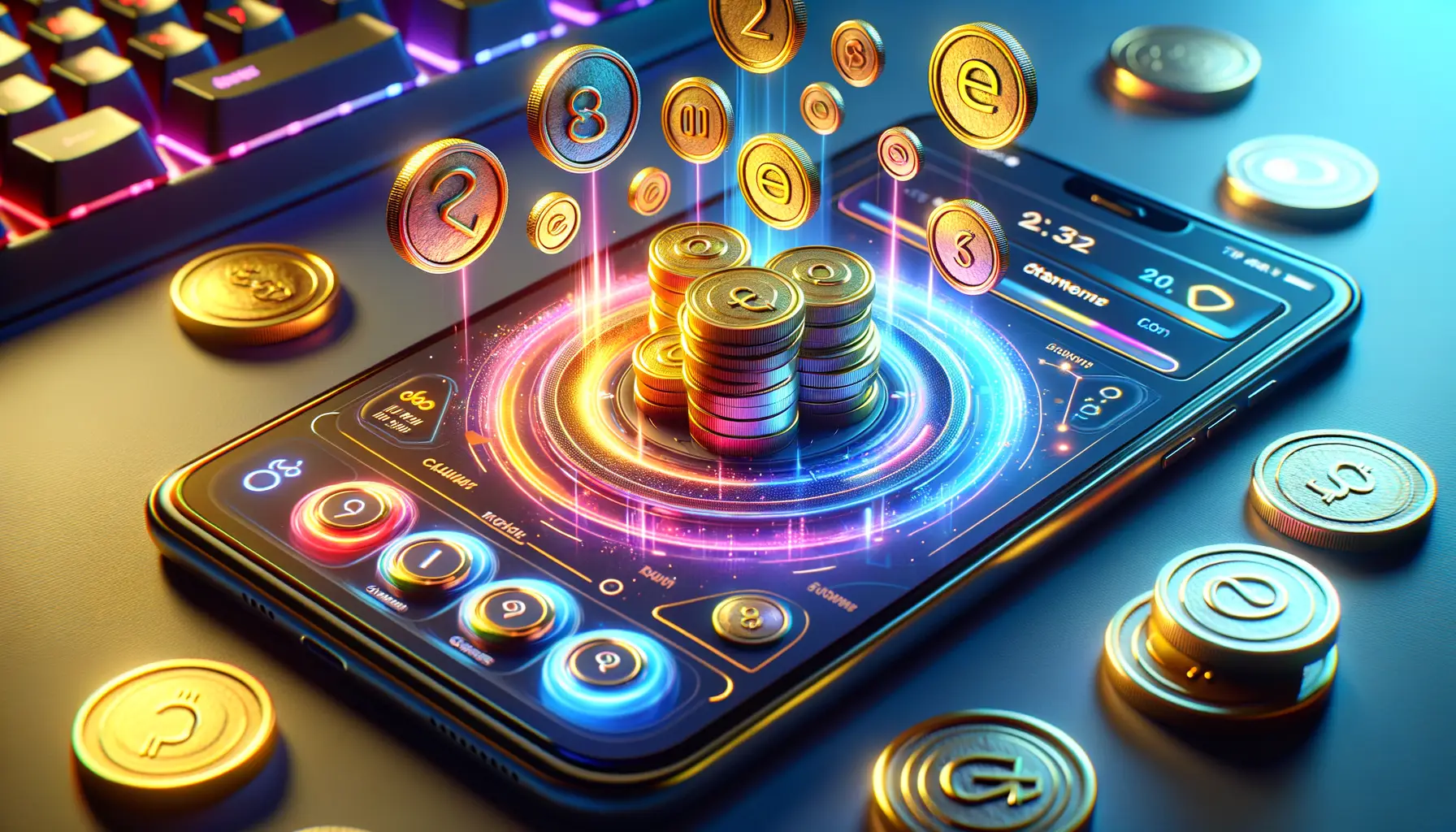
Turning Coins into Goldmines: How Developers Profit
When it comes to monetization in mobile games, virtual coins are the unsung heroes. These shiny little tokens aren’t just about gameplay—they’re a direct pipeline to revenue magic. Think about it: how often have you been one coin short of unlocking that coveted outfit or upgrading your dream castle? That feeling of almost-there fuels some of the most creative monetization strategies around.
One genius method? Exclusive coin bundles. You’ve probably seen them—“Get 1,000 coins + 300 bonus for just $4.99!” That bonus? It’s a psychological hook, making you feel like you’re snagging a deal too good to pass up.
Or how about limited-time events? Coins become more than currency; they’re keys to exclusive content. A rare dragon, a legendary sword, or even time-limited mini-games—it all hinges on spending those coins wisely (or buying more!).
- Ad-watching rewards: Watch an ad, earn free coins—a win-win for both players and developers.
- Subscription models: Monthly perks with extra coins, removing ads, or unlocking VIP features.
Ultimately, coins allow payments to feel optional while subtly encouraging players to invest. They’re not just currency; they’re a bridge between creativity and profitability. So, next time you see a “flash sale” pop up, know it’s not just a game—it’s a perfectly crafted moment of financial alchemy!
Future Trends of Virtual Currencies in Gaming
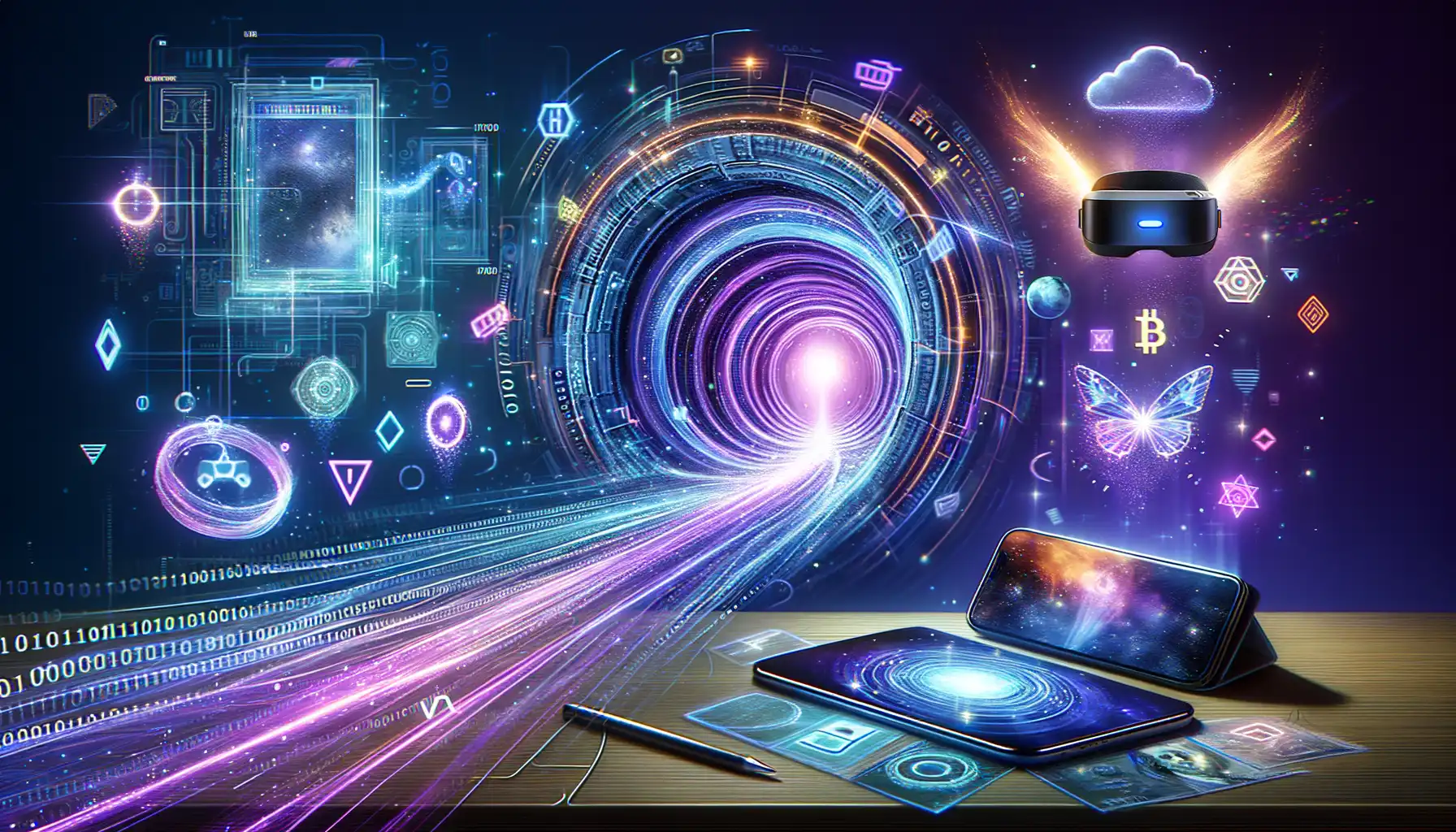
The Evolution of Digital Coins in Tomorrow’s Gaming Worlds
Picture this: you’re diving into a thrilling multiplayer adventure, but instead of ordinary gold coins, you’re collecting blockchain-backed treasures. Virtual currencies are on the verge of a revolution. The future promises not just new forms of currency, but entirely new experiences.
One trend waving on the horizon? Decentralized currencies. Imagine owning in-game coins that hold real-world value, thanks to technologies like blockchain and cryptocurrencies. Players could trade, buy, or sell these currencies across games—your loot in one game might become your investment in another!
But there’s more. Developers are leaning into customization through programmable currencies. That means coins with unique perks: some might boost your character’s abilities, while others unlock secret areas or rare content. The currency itself becomes part of the gameplay, not just a means to an end.
- Cross-platform wallets, letting your assets travel with you across consoles and devices.
- AI-powered economies that adapt as you play, offering more dynamic pricing and personalized offers.
It’s not just evolution—it’s a reshuffling of what we think is possible. Are players ready to embrace it? One thing’s for sure: the humble “coin” is no longer just a shiny object; it’s becoming a bridge to the future.

